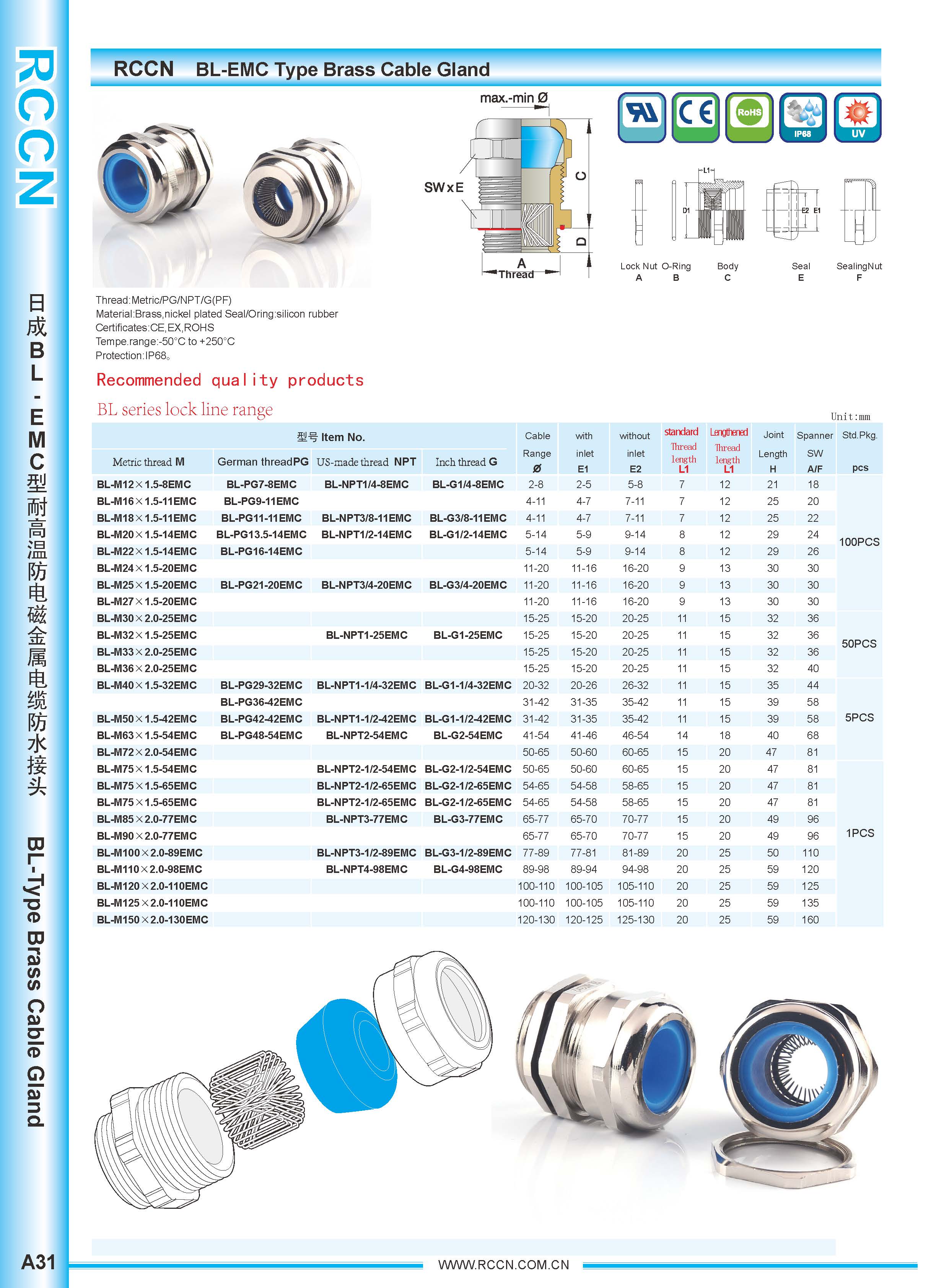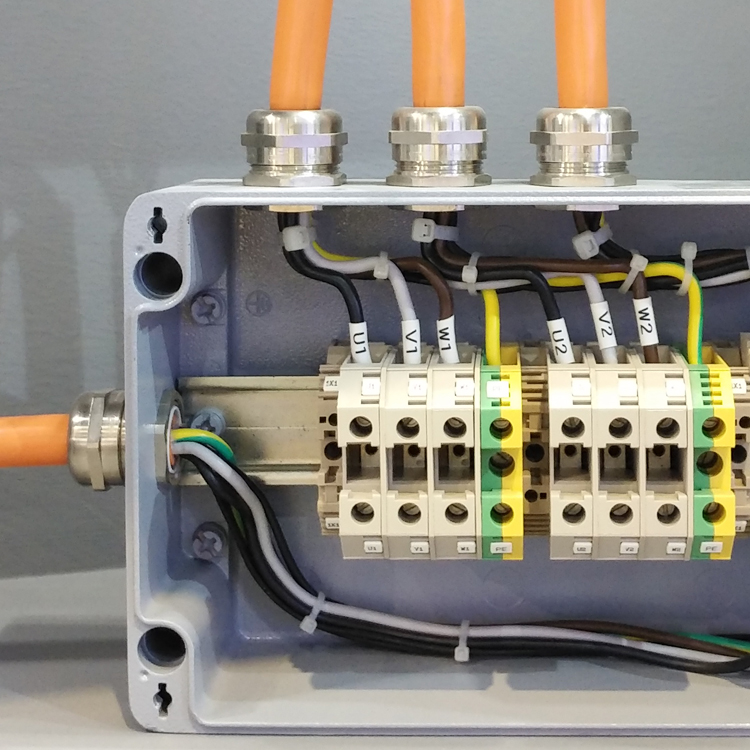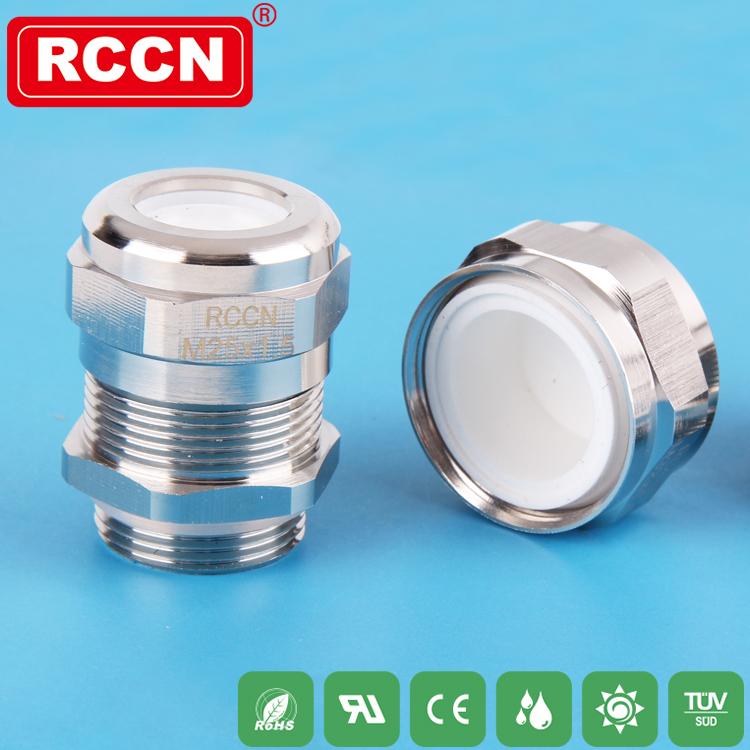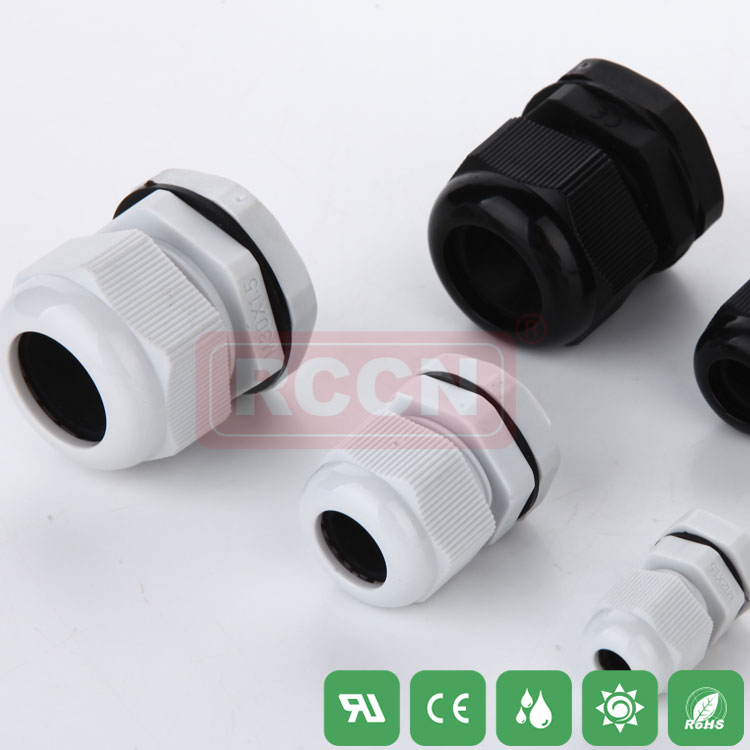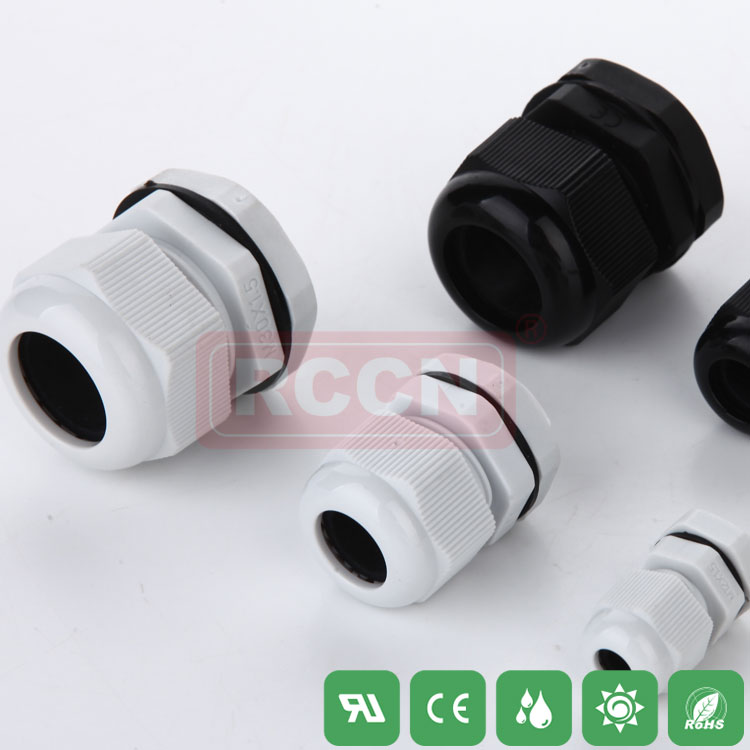As the name suggests, cable waterproof connectors can be applied to water-borne environments to provide a safe and reliable connector connector, the most important of which is the ability to achieve waterproofing. So how do you choose a waterproof cable connector? What should you pay attention to during installation and use?
Cable connector product introduction
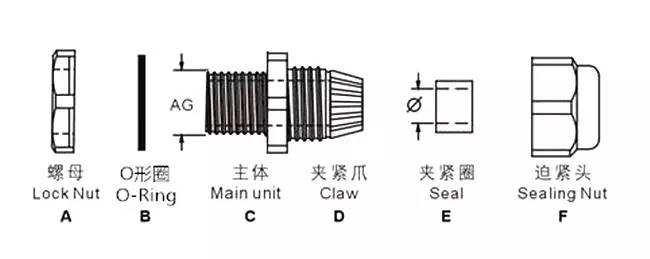
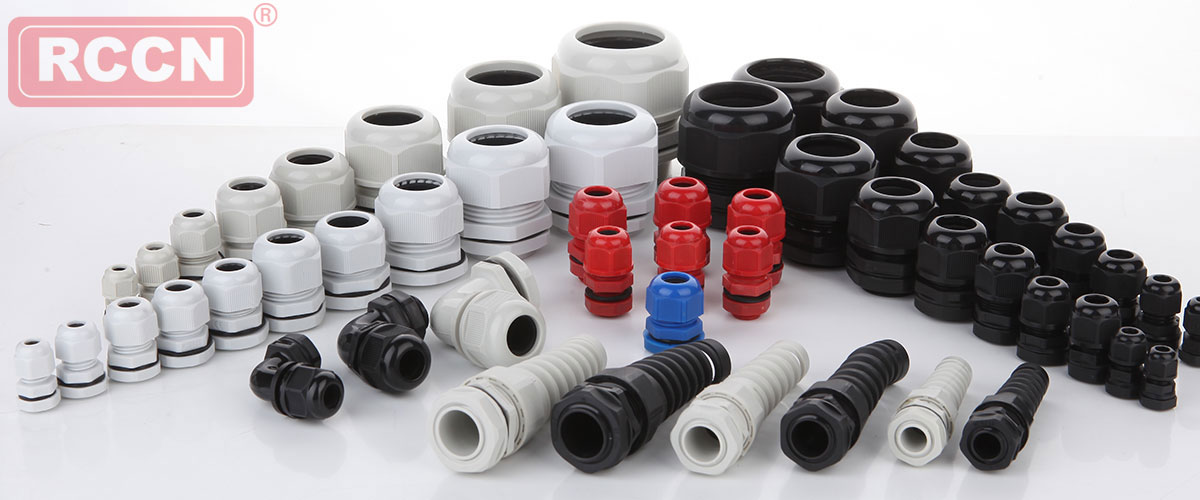
The main body of the plastic waterproof joint, the nut and the pressing head are made of nylon PA66; the nylon pipe is environmentally friendly, non-toxic to the human body, has no secondary pollution and is suitable for long-term contact with water, no corrosion, no poison, no rust. The static working temperature is suitable for -40 ° C ∼ 100 ° C, instantaneous heat resistance up to 120 ° C, dynamic working temperature is -20 ° C ∼ 80 ° C, instantaneous heat resistance to 100 ° C. Special clamping jaw and rubber parts design, large clamping cable range, strong tensile strength, waterproof, dustproof, salt proof, acid and alkali resistant, alcohol, grease and general lubricant.

The metal waterproof joint is nickel-plated brass, the clamping claw is made of nylon, and the clamping ring uses soft NBR to fasten the cable, so that the cable does not leave marks after the joint is removed; it has good high temperature resistance, corrosion resistance and high pressure resistance. Performance, salt spray test is not less than 200 hours.
Installation and use range:
Generally, one end of the thread is fixed on the casing, and the nut is screwed in the casing to fix it (or according to the threaded access to the electric device with the internal thread of the inlet and outlet), the cable is directly led out by the waterproof joint, and the tightening nut is properly tightened, so that The cable can be protected.
Widely used in the fixing and protection of wire and cable for mechanical equipment, electrical, marine electrical and anti-corrosion equipment.
main role
Fasten and seal the cable. Fastening refers to tightening the cable through the waterproof joint so that the cable does not produce axial displacement and radial rotation to ensure normal cable connection. Sealing means separating water and dust from entering.
Selection guide
1. Determine the IP protection level that the cable connector needs to meet according to the environment and requirements of the cable connector;
2. Determine the material and color of the cable joint according to the environment and requirements of the cable joint;
3. Determine the thread size and thread standard required for the cable joint;
(Thread standard description: EN60423 metric thread M; DIN40430 German thread PG)
4. Select the cable diameter close to the outer diameter of the cable, and the range of the mount is about 10% as the specific model;
5, under normal circumstances, it is recommended to use O-rings to achieve IP67 technical standards;
6, according to the thickness of the board, whether it is necessary to lengthen the thread;
7. If it is used in the presence of explosive or flammable gas, an explosion-proof joint is required;
8. If there is electromagnetic compatibility requirement, you need to choose EMC shielding type joint;
9, check the specifications, please contact customer service
Application considerations
1. Cable waterproof joints of different materials used in different environments;
2. It is recommended to use a torque wrench to tighten (recommended);
3. When the requirements of IP65 or higher are required, O-rings must be used
4. In order to ensure a certain pressure that can be withstood at the joint, it is recommended to add a sheath tube to enhance insulation and protection
5, in order to ensure waterproof and longer operation, it is recommended to use double-wall adhesive heat shrinkable sleeve and insulating sleeve for reinforcement
6. During construction, the joint line should preferably be staggered and docked (ie, the cable does not need to be neatly cut and docked)
7. The self-adhesive tape (or heat-shrinkable waterproof tape) used is a high-pressure product to ensure insulation safety.
















 RCCN WeChat QrCode
RCCN WeChat QrCode Mobile WebSite
Mobile WebSite